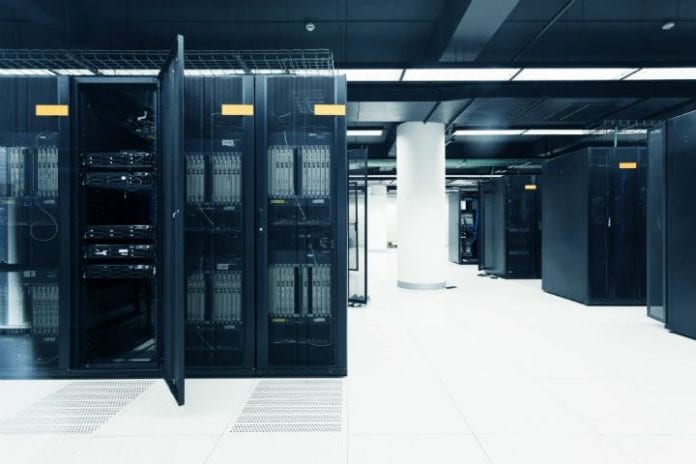Data center themes
Data centers are evolving with the shift toward virtualization. As organizations seek to take advantage of the cloud to manage day-to-day business operations, many are wondering what sort of trends are taking shaping in modern-day data centers. To simplify matters, the following highlights some relevant themes that are forming throughout data centers this year.
Hybridization
Companies are increasingly looking to hybrid cloud models as a way to preserve legacy infrastructure, while embracing the benefits of the cloud. The move to a hybrid cloud model is playing a significant role in the way data centers are designed. According to research firm Gartner, by 2020, approximately 90% of organizations will have embraced hybrid infrastructure management capabilities.
SD-WAN
Organizations are applying software-defined technology to their wide-area networks (WANs) too. In addition to connecting and securing various branch offices, data centers supported by SD-WAN can significantly reduce capital expenditure (CAPEX) and operating expenses (OPEX). According to research firm IDC, the global data center SDN market will be worth nearly $12.5 billion in 2020, with a compound annual growth rate (CAGR) of 53.9% from 2014 to 2020.
Multi-access edge computing
Multi-access edge computing (MEC) is expected to play a big part in supporting the growing number of web connected devices. Using an edge server, processing tasks can be performed closer to the end user instead of having to be forwarded to the cloud. Data centers recognize the role MEC will play in supporting IoT devices. Equinix, for example, has over 190 data centers across the globe that enables it to support distributed IT architectures that IoT companies will need.
Submarine cable systems
Subsea cable systems are being developed as well as companies expand their data centers. They can provide high-speed network connectivity for the content stored in data centers. In January, for example, Google announced it would expand its global infrastructure with the addition of three new submarine fiber-optic cables and five new cloud computing regions to be launched later this year. The Hong Kong-Americas (HKA) consortium and Alcatel Submarine Networks (ASN) also recently signed an agreement to build a submarine cable network connecting the U.S. to Hong Kong spanning over 13,000 kilometers.
Converged infrastructure
Converged infrastructure continues to be regarded as an effective way to minimize data center complexities and provide companies with more agility. With converged infrastructure, everything from compute to storage is on a prequalified turnkey appliance. According to a report published by MarketsandMarkets, the converged infrastructure market is expected to be worth $33.89 billion by 2019.

